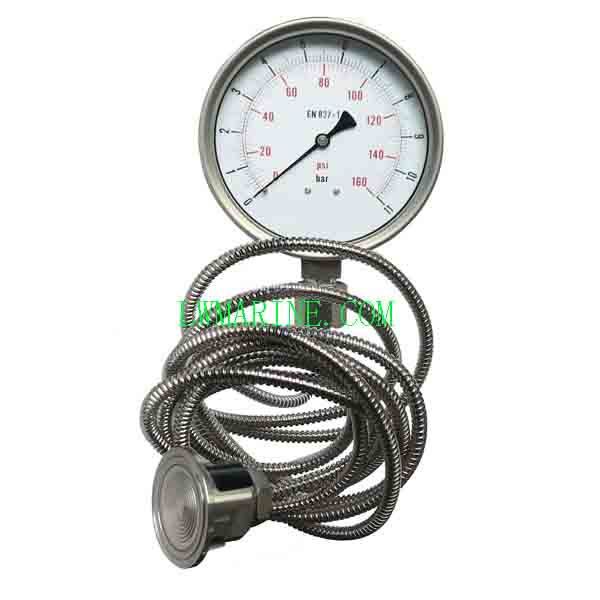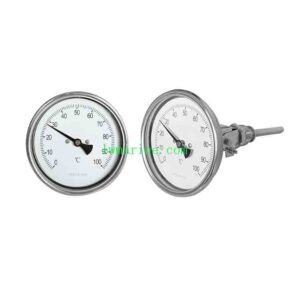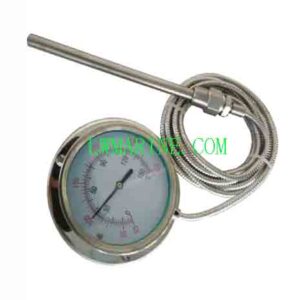Thermometer for Ship | Types, Standards & Specifications (Not EN 837-1)
Meta Description: EN 837-1 covers pressure gauges, not thermometers. Explore industrial thermometer types, international standards (ASTM), dial sizes, and selection guidelines for accurate temperature measurement.
Understanding Industrial Thermometers: A Guide to Standards & Types
Clarification on EN 837-1:
The Thermometer for Ship EN 837-1 standard specifically defines requirements, testing, and conformity for industrial pressure gauges. It is a critical standard for pressure measurement instrumentation but does not apply to thermometers or temperature measurement devices.
Selecting the correct thermometer requires consulting the appropriate international standards that govern their accuracy, safety, and performance for your specific application.
Key Standards for Thermometer Accuracy & Calibration
To ensure reliability and precision in temperature measurement, industry professionals rely on dedicated standards, such as those from ASTM International:
-
ASTM E1: Standard Specification for ASTM Liquid-in-Glass Thermometers
-
ASTM E1112: Standard Practice for Rapid Thermoelectric Verification of Thermometers
These standards provide essential guidelines for the design, construction, calibration, and verification of various thermometer types, ensuring they meet the necessary requirements for your industrial, laboratory, or process application.
Industrial Thermometer Configuration & Selection Guide
When sourcing an industrial thermometer, consider its structure and physical specifications to ensure proper integration and readability.
1. Connection Type (Stem Orientation)
-
Axial Type (Straight): The stem extends from the back of the case, in-line with the dial. Ideal for vertical installation from above or below.
-
Radial Type (90° or Bottom Connection): The stem extends from the bottom of the case at a 90-degree angle. Perfect for horizontal pipe or vessel mounting with easy front-facing readability.
-
Remote Measuring Type (Separable): Features a flexible or rigid capillary tube that separates the temperature bulb from the dial indicator. Used when the measurement point is hard-to-reach, in high-vibration environments, or when the dial must be mounted away from the heat source.
2. Dial Diameter for Optimal Readability
Choose a dial size that balances visibility requirements with panel space constraints:
-
Φ 90 mm (3.5 inch): A compact option for panels with limited space or where operators can view the gauge at close range.
-
Φ 100 mm (4 inch): The most common size, offering an excellent balance between size and readability from a moderate distance.
The description/sizes may be different with goods, please check with us when order.
Tag: Our other products
Click here to contact us via whatsapp




